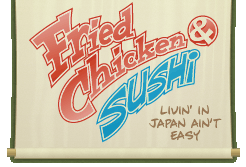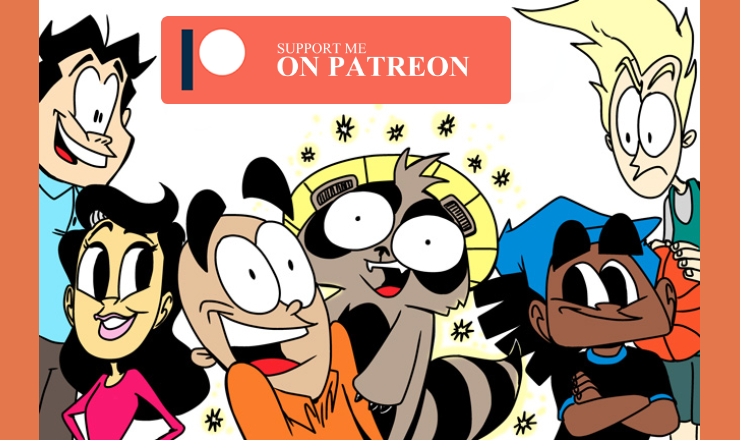Calvin and Hobbes Creator Reveals His Method for Creativity
/This illustration by Calvin and Hobbes cartoonist, Bill Watterson, reveals the top secret method for coming up with ideas for comic strips.
Putting your butt in the chair and staring blankly into space until inspiration hits you.
Ok. Maybe it’s not that simple but it feels like it sometimes. The true key to consistent creativity is a daily routine you schedule into your life and stick to, no matter what.
Coming up with ideas for what to write or draw is still a challenge. When I’m sitting at my drafting table, mechanical pencil in hand, upset that inspiration isn’t striking yet, here’s what I like to do.
Pull it back. I will probably have one of my Fried Chicken and Sushi characters in mind that I want to create a comic strip about but no idea what to do with them. Even if I’m lucky and have a theme in mind, there’s one element that is of the utmost importance.
The feeling. The feels. Whatever you want to call them, your first question before even coming up with the joke should be-
What are you trying to get your readers to feel?
If you pull this into your creation process, you can move on to ‘the what’ and ‘the gag.’
After all, you know your work will have characters and something exciting or humorous happening, but will anyone feel anything? Will your readers care?
I’m still working on getting better at this myself. There’s so much more I need to learn so that I can improve as a writer and cartoonist. Hopefully, to one day, get close to the genius of Bill Watterson’s Calvin and Hobbes.
But I believe that adding emotion to your work is key to quality.
Think about it. Plenty of content out there you can watch and read might be fun but can leave you feeling empty. After consuming any content, ask yourself-
Did you discover anything new about life or the world? Perhaps what you read mirrors your life in some way and helps validate your choices or represents who you are? Maybe, it just made you feel good about being human.
If it made an impact, even in a small way, then it matters. Are you making people feel happy about their choices or sad? Are you looking to get them riled up about a topic and take action to make a change? Are you trying to take the blinders off and get them to think deeper about an issue in a new way?
A lot of questions, I know. But this is how I work through an idea to determine if it will resonate with an audience.
When I’m really having a hard time coming up with an idea for a funny gag, I take the feeling I want my readers to have about my comics and craft a plan around it. This question always haunts me-
Can I get people to care about my characters?
Here’s an example-
For the FC&S storyline where Tanuki, our magical raccoon character, wears a suit and sneaks into an office in Japan to see how it feels to work as a salaryman, I was looking to create a positive sense of fun with a touch of reality.
After several strips on this theme, I wanted readers to feel sorry for him in the final strip that ends the arc. That feeling led me to think about how that could happen in this situation.
Tanuki can get a little cocky at times and even though we love him, reality should set in at some point. He’s a wild animal in an office. Why would people want that wild animal to leave?
Here’s the final comic strip-
Did you feel sorry for Tanuki? Maybe you think he deserves to be kicked out. Either way, you’re feeling and thinking about the characters in the comic.
Hopefully, your overall feeling for FC&S is still positive and you care about Tanuki. That’s my goal. Fried Chicken and Sushi should make you smile and leave you feeling good. Not just from the laughter, but from what the characters try, and often fail, to do in their lives.
I’m not on the level of Bill Watterson as a cartoonist. I do believe that he understands the concept of making something people care about and feel. You get that from each and every one of his comic strips. Even if he had to stare blankly at a wall sometimes for ideas.
Before I go, there’s one more question you might have.
What if a reader hates my work that day and “feels” like it was terrible? Well then, they will make sure to read the next strip or article you post to see if you give them the feeling they want. Over time, the reader might decide to stop following your work.
Publishing your art for the world and making people think and feel on a regular basis is hard. You should be prepared for critics, haters, and if you’re lucky, hardcore fans.
Let people decide what they like.
You, my creative friend, make them feel.








